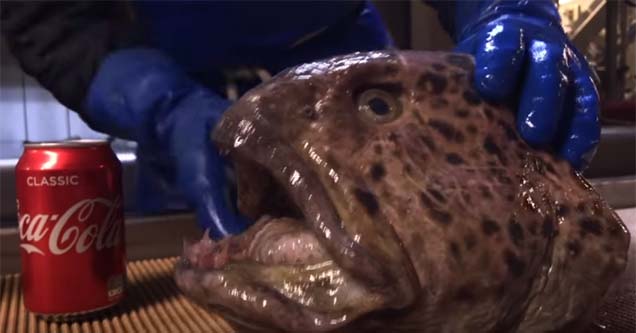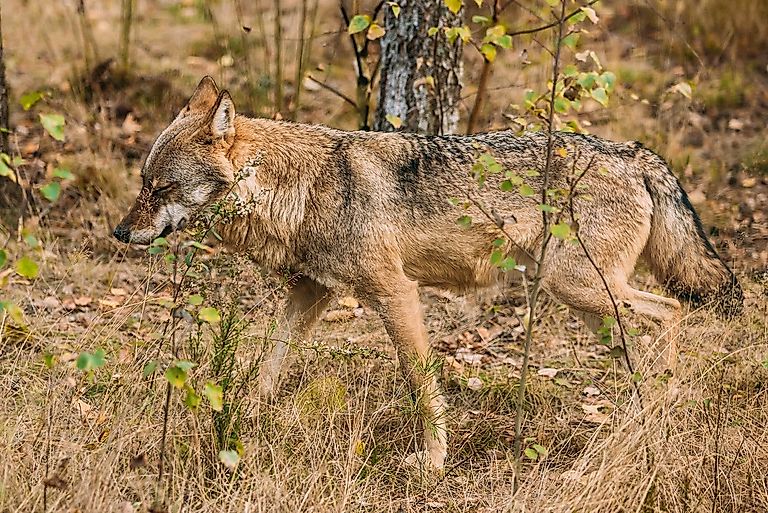

Otters are like the wolves of the wetlands." says Scott.Īnd the story has similarities.

"It’s a bit like what happened when they re-introduced the wolf into the Yellowstone National Park in America. "The otter is an apex predator, the uncontested king of the wetland." Scott PetrekĪs such it plays an important part in maintaining a healthy ecosystem and its return means the otter has become a symbol of wetland health. It is no coincidence that some of the WWT reserves where otters have returned also support water vole populations. In fact, otters have driven minks so successfully from some areas, that conservation organisations have been able to reintroduce water voles where they’d once been wiped out. Otters can easily outcompete mink for food and territory, and experts have recorded a decline in mink where otters have reclaimed their lost territories. As much as a fox and rivalling even the heavy-set badger. If you’re a 1-1.5kg mink, then the lithe, muscular otter makes for a formidable neighbour. Their return heralded a change of fortune for the mink.Īn adult dog otter weighs in around 12 kg. By 2011 they had colonised every county in England and every town and city with waterways had populations of otters. The otter fights backīut by the turn of the 21 st century, cleaner water and healthier rivers and wetlands were leading to more fish in rivers and lakes and since then otter numbers have gradually increased. Water voles can also seek refuge from otters in their burrows."Įven today water voles are the fastest declining UK mammal, and vulnerable to extinction. "Unlike the mink, the opportunistic otter will hunt a variety of species, catching anything from small sticklebacks to larger eels and perches, meaning it doesn’t pose a direct threat to populations of its prey animals, such as water voles. And with some of the eels measuring as much as 40cm long and as wide as her arm, it’s no easy task. She’s now returned to see what’s turned up in the nets and is attempting to transfer any captured eels by hand into buckets. Overnight, Emma and her team have set out nets across Slimbridge’s ponds and waterways. Rivers, lakes and freshwater wetlands are home to 10% of all species and more described fish species than in all the world’s oceans.īy removing barriers and improving habitat for eels, we can indirectly improve the lives of many other species.īut trying to find out more about the movements of this elusive animal that lives in the dark waters of rivers, lakes and ditches is easier said than done. So conservationists have come up with an ingenious idea – to microchip the eels, similar to how people can microchip pets. In short, these extraordinary creatures are vital in maintaining healthy wetlands rich in wildlife. The arrival of millions of young eels or ‘elvers’ in the spring coincides with the breeding season when demand for food is at its height. The likes of otters, bitterns and herons all like eels because they’re easy to catch and they also have a high fat content.

Eels are a significant food source for many wetland animals. This decline in eel population has widespread implications. How losing species can affect the whole ecosystem


 0 kommentar(er)
0 kommentar(er)
